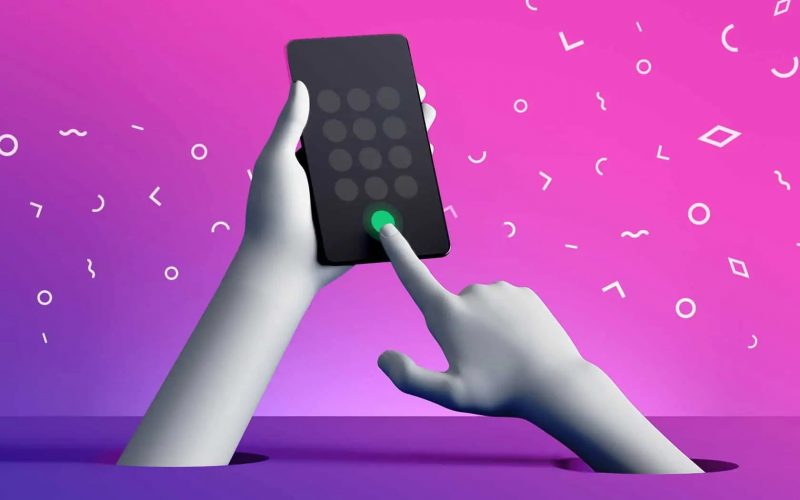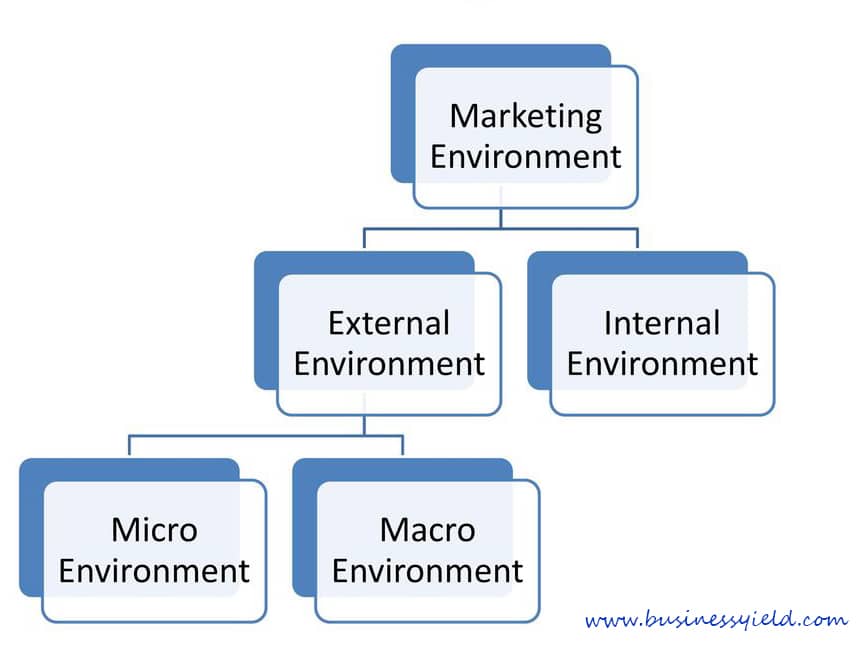Over the years, business analysts have sounded the death knell of cold calling in the wake of new marketing strategies like social media management. But 2023 is about to end, and the industry’s still talking about it. Perhaps a need to revise the question is in order: “Should cold calling die?”
In an interview of marketing experts last year, they unanimously stated that cold calling hadn’t gone the way of the dodo bird. Despite social media and the internet, the humble phone remains one of the most preferred ways to reach clients—second only to referrals. Yet, the experts also said that ineffective, if not downright offensive, methods will give cold calling a bad reputation.
In other words, businesses old and new shouldn’t be too quick to dismiss cold calling as a good strategy. It’s so versatile that the only time cold calling is ill-suited is when it’s executed poorly. Consider the following surefire ways to use cold calling to convert prospects into sales.
Gear up with the right tech
For anyone who needs a refresher, cold calling is the process of reaching out to people who have yet to express interest in a business’s products or services via phone. Contrary to popular belief, this strategy has been in use since 1873. By comparison, the world at large has yet to learn about the phone (though it has been around since the 1850s). (1)
As an innovation that even predates the widespread adoption of the phone, cold calling was quite ahead of its time. But it’s now the 21st century; while the general idea is still the same, doctrines from over two centuries past won’t work in this day and age. Whether building an in-house team or hiring a third-party provider, modern cold calling should have modern solutions, such as:
- Supervision and training tools. Real-time monitoring and call recording systems allow team leaders and supervisors to use them for sales staff training.
- Automatic dialing systems. The time saved with the help of apps like the Call Cowboy Auto Dialer App and others allows businesses to make far more cold calls at a time.
- Customer relationship management (CRM) software. This program helps synchronize and update contacts and automatically retrieve files relating to the person.
- Call analytics software. By having access to data about customer sentiment toward cold calls, businesses can develop ways to improve their craft and achieve better results faster.
- Calendar and appointment integration tools. While not as essential as those above, these programs can be nifty in scheduling follow-up calls for lead conversion.
Get a professional phone number
Just as guests in a bow-and-tie event have to look prim and proper, business phone numbers need to be the same in dealing with people. Cold calling is already suffering from a bad image, owing to practices not rooted in its true essence (more on these later). The least that businesses can do is make their cold calls appear to be coming from a professional number.
This is where a 1-800 number, known as a toll-free number, comes in handy. Unlike standard ones, toll-free numbers are typically part of a broader telemarketing suite that enables the gathering of call data and recording of calls, among others. The business doesn’t even need to change its phone number completely; it can just link its original number to the toll-free one.
While it’s the most well-known one, “1-800” isn’t the only toll-free number available. Several 1800 numbers for sale include newer additions like 855, 844, and 833. They can also provide vanity numbers, or toll-free numbers with the last seven digits spelled out as a custom word (e.g., 1-800-PLUMBER translates to 1-800-7586237).
Having a toll-free or vanity number carries several advantages. (2)
- If cold calling results in warm leads, having a toll-free number won’t charge the caller extra if they decide to call back (though the business has to cover the costs).
- Because they’re linked to CRM and other suites, toll-free numbers allow more seamless communication between any customer or prospect and the business.
- Most people recognize toll-free numbers as legitimate business numbers, so they exude an aura of trustworthiness for the business.
- With more businesses adopting cloud technology, toll-free numbers work remarkably well with cloud-based platforms.
Follow the law
The practice of cold calling isn’t illegal, as one may believe, but it’s prone to misuse. Over the years, a few businesses and organizations have used it to make cold calls to the point of outright harassment. Such occurrences are a dime a dozen, with the Federal Trade Commission (FTC) having logged in over 330,000 complaints a month in the previous fiscal year. (3)
One of the experts from the interview mentioned earlier said that cold calling stops becoming a boon when it makes “a truly cold call.” People want to talk to a live human, not a pre-recorded message or machine. Businesses that fail to understand this often end up being on the negative side of consumer sentiment, not to mention at odds with the law.
Lawful cold calling may entail sacrificing some aspects, but it produces far better results. The FTC’s Amended Telemarketing Sales Rules (TSR) govern proper telemarketing practices that businesses and organizations should follow. Below are some of them.
- Confirm a contact if their number is registered with the National Do Not Call Registry. If yes, businesses are obligated under law to refrain from calling it.
- Disclose pertinent information during a cold call, specifically the business name, office address, contact details, and—more importantly—the reason for the call.
- Avoid cold calling outside specified business hours (typically between 8:00 a.m. and 9:00 p.m.) unless the person consents to be contacted outside these hours.
- If cold calls involve payment or billing, get the consumer’s written consent first. Make the terms and conditions as concise as possible.
Treat rejection as an opportunity
Because it involves contacting people who have yet to show interest in a business’s products or services, cold calling can be a hit-and-miss affair. Not everyone is in the market for whatever a company is offering, let alone show interest in such, no matter how good your cold calling plan is. It’s not so much a fact of business as it’s a fact of life.
There’s no point in changing what’s inevitable, but it doesn’t mean you can’t work around it. Contrary to how a famous mantra goes, there’s always room for failure. Cold calling will entail as many rejections, if not more, as new leads, but both carry growth opportunities for businesses.
A cold call that has run cold doesn’t imply the end of opportunities for that person. It may show some aspects that the sales team could ponder and improve in time for the next call. If you have software for data analytics, knowing what went wrong and how to fix it will be easier.
According to one expert, a steady rise in rejected cold calls may entail a change in the approach to cold calling. Most sales reps are guilty of making less-than-ideal responses to rejections, the three most common being:
- Not saying courtesies like “Please” and “Thank you”
- Doggedly believing that the consumer is interested
- Asking them to keep them in mind in the future (4)
It’s possible that the cold calling strategy isn’t as targeted at a specific group as initially thought. Knowing the target audience is crucial for any business strategy, not just cold calling. It enables sales teams to formulate customized lines and responses, making the cold call feel more human.
Stick with the script, but don’t read it out loud
Actors memorize their lines in a script, but conveying the emotions of each line takes a bit more effort on their part. While acting skills aren’t a requirement for sales reps, they can benefit from genuinely delivering their lines. As mentioned earlier, people want to communicate with a live human, not a recording or automated response.
There are statistics to back this up. One analysis indicates that the conversion rate for a call that reads the script verbatim and not being flexible enough to accommodate a consumer’s responses is less than 1%. Unfortunately, most cold calls follow this template approach, often forcing sales teams to offset the rejections by calling more numbers. (5)
Believe it or not, creating a custom cold script (templates help, but they shouldn’t be relied upon too much) is more straightforward than it appears. It involves three key sections: an introduction, statements for establishing rapport, and positioning statements. To put it simply:
- Disclose pertinent details at the start of every cold call
- Engage in a bit of healthy conversation before getting down to business
- Tell the consumer how the company works with similar consumers (5)
What Are the 3 Top Important Tips for a Salesperson?
How to become a good salesperson. Figure out who your buyers are and stick to them. Use a sales process that can be tracked and repeated. Understand your product.
What Are the 4 Selling Strategies?
Script-based selling, needs-satisfaction selling, consultative selling, and strategic-partner selling are the four fundamental sales tactics used by salespeople. Various tactics can be employed in various sorts of interactions.
What Is the Number 1 Rule in Sales?
Treat the customer as you would want to be treated. Think about how you would like to be treated by a salesperson, and then do the same thing for your customer. Be polite, not pushy; be helpful; and most of all, make the customer feel comfortable.
What Are the 7 P’s of Sales?
The 7Ps of marketing are product, price, place, promotion, physical evidence, people, and processes. The marketing mix that a business needs to advertise a product or service is made up of the 7 Ps.
Conclusion
With plenty of available references on effectual cold calling, it’s safe to say that this marketing medium isn’t going away anytime soon. However, businesses reliant on cold calls should tread lightly to avoid taking a hit on their reputation. Given the tips explained, it’s better to focus on a few but high-quality cold calls than massed but ineffective ones.
Sources:
- “The Cold Facts about Cold Calling”, Source: https://gilcargill.com/the-cold-facts-about-cold-calling/
- “6 Benefits of using Toll-free Numbers”, Source: https://www.kaleyra.com/blog/voice/6-benefits-of-using-toll-free-numbers/
- “Do Not Call Data Book 2020”, Source: https://www.ftc.gov/system/files/documents/reports/national-do-not-call-registry-data-book-fiscal-year-2020/dnc_data_book_2020.pdf
- “The best way to deal with cold-calling rejection”, Source: https://www.zoho.com/blog/crm/the-best-way-to-deal-with-cold-calling-rejection.html
- “The Best Cold Call Script Ever [Template]”, Source: https://blog.hubspot.com/sales/cold-call-script
Related Articles
- COLD CALLING: Cold Calling Strategies 2023(Opens in a new browser tab)
- Phone Systems for Small Businesses: The 2023 List (Updated)(Opens in a new browser tab)
- 7+ Best BUSINESS PHONE SYSTEMS INTERNET in 2023(Opens in a new browser tab)
- VIRTUAL PHONE SYSTEMS: The Top Best Virtual Phone Systems For any Business (+ Detailed Guide)(Opens in a new browser tab
- 15+ BEST PHONE NUMBERS for Business in 2023(Opens in a new browser tab)






